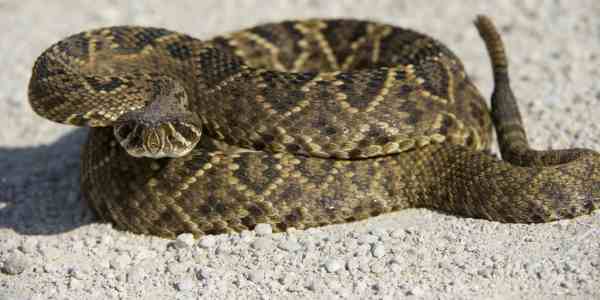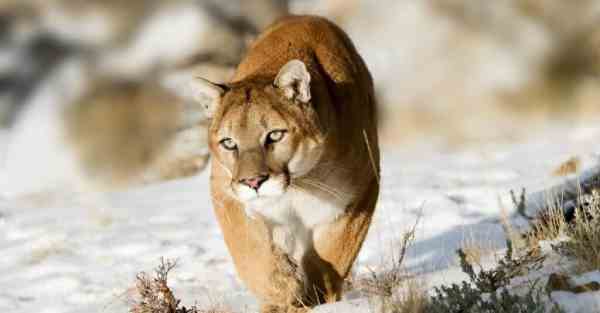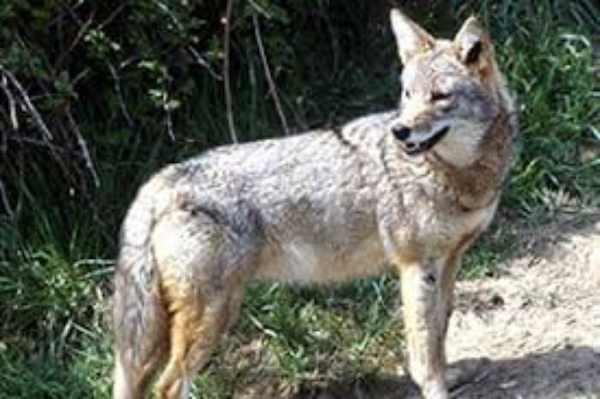Dangerous Animals in Los Angeles? Los Angeles, known for its glitz and glamour, often conceals a hidden danger that lurks amidst its sprawling urban landscape: dangerous animals. While the city of Angels may seem an unlikely habitat for such creatures, a closer look reveals a diverse array of wildlife that can pose risks to both residents and visitors. From elusive mountain lions prowling the nearby hills to venomous snakes slithering in unexpected places, the presence of these creatures adds a thrilling, albeit perilous, dimension to the city’s natural tapestry.
In this eye-opening article, we embark on a journey to uncover the lesser-known side of Los Angeles, one that is home to fascinating but potentially hazardous fauna. We’ll explore the untold stories of encounters with these creatures, learn about the city’s efforts to coexist with them and provide valuable tips on how to stay safe in this unique urban wilderness. Join us as we venture into the heart of Los Angeles’ wild side and discover the hidden dangers that lie beneath the Hollywood sheen.
The Urban Wilderness:
Los Angeles may be renowned for its sprawling metropolis, but beneath the concrete jungle lies a surprisingly vibrant urban wilderness. With its diverse geography, from the Pacific coastline to the rugged mountains of the San Gabriel and Santa Monica ranges, the city offers a habitat for a wide range of wildlife.
From coyotes boldly traversing suburban streets to red-tailed hawks soaring above skyscrapers, this urban ecosystem is a testament to the adaptability of nature. Yet, with this remarkable coexistence of humans and animals comes a set of unique challenges, where encounters with dangerous animals like mountain lions can blur the line between civilization and wilderness.
Overview of Dangerous Animals in Los Angeles
Southern Pacific Rattlesnake:

The Southern Pacific Rattlesnake is a venomous snake native to Southern California, including parts of Los Angeles County. Recognizable by its distinctive rattling tail, it warns potential threats to keep their distance. These rattlesnakes primarily inhabit the region’s foothills, canyons, and chaparral areas.
While they typically avoid human contact, encounters can occur, especially during hikes or outdoor activities. If provoked or cornered, they may strike, delivering a venomous bite that can be painful and potentially dangerous. It is crucial to exercise caution when exploring natural areas in Los Angeles and be aware of your surroundings to reduce the risk of encountering this venomous snake.
Mountain Lions (Pumas or Cougars):

Mountain lions, also known as pumas or cougars, are the largest native predators in Southern California’s hills and mountains, including areas surrounding Los Angeles. These majestic big cats are known for their elusive nature and primarily nocturnal habits. While they typically avoid humans, they can pose a threat if cornered or surprised.
Encounters with mountain lions are rare, but when they do occur, it’s essential to remain calm, make yourself appear larger, and back away slowly. Do not run, as this may trigger a chase response. Keeping a safe distance and avoiding encounters is the best way to coexist with these wild predators.
Coyotes:

Coyotes are highly adaptable canids commonly seen in both urban and suburban areas of Los Angeles. While they are generally wary of humans, they can become a concern if they lose their natural fear. Coyotes are opportunistic feeders and may prey on small pets if given the chance.
To minimize potential conflicts, residents should secure their pets, avoid leaving pet food outside, and take measures to deter coyotes from frequenting their properties. It’s important to remember that coyotes play a role in urban ecosystems by controlling rodent populations and should be treated with caution rather than fear.
Black Widow Spiders:

Black widow spiders, identified by their shiny black bodies and red hourglass markings, are venomous arachnids found in Southern California, including Los Angeles. While their bites are relatively rare, they can cause intense pain, muscle cramps, and other symptoms.
Seeking medical attention is crucial if bitten. To reduce the risk of encounters, exercise caution when reaching into dark or cluttered spaces, as black widows often inhabit sheltered areas. Wear gloves and protective clothing when working in gardens or other potentially spider-prone environments. Despite their reputation, black widow spiders are generally not aggressive and only bite when they feel threatened.
Brown Widow Spiders:

Brown widow spiders are another species of venomous spider found in Southern California, including Los Angeles. They are closely related to black widows but have distinct markings, often characterized by an orange or yellow hourglass shape on their abdomen. Brown widow bites are generally less severe than those of black widows, but medical attention may still be necessary.
Like black widows, brown widows prefer sheltered areas and can be found in outdoor furniture, garden structures, and other hidden spots. It’s essential to take precautions, such as wearing gloves and shaking out clothing or shoes left outside, to minimize the risk of accidental encounters with these spiders.
Venomous Sea Creatures:

The Pacific Ocean along the Los Angeles coastline is home to a variety of marine life, including some venomous species. Certain types of jellyfish and cone snails, for example, have the potential to deliver painful stings or bites if encountered. Swimmers, divers, and beachgoers should be aware of local marine hazards and take precautions when in the water.
Wearing protective gear, such as wetsuits and gloves, can reduce the risk of stings and bites. It’s also essential to observe posted warnings and be cautious when handling or touching marine animals in tide pools or rocky areas, as some species can be venomous or have sharp defensive mechanisms. If stung or bitten, it’s advisable to seek prompt medical attention to address any potential complications.
Conservation and Ethical Considerations:
In the face of expanding urbanization, Los Angeles is grappling with the delicate balance between preserving its wildlife and protecting its human population. Conservation efforts are underway to ensure the survival of these animals and their habitats, but it’s a complex task.
Ethical considerations are at the forefront, as we navigate the responsibility of safeguarding both human and animal interests. How can we coexist with these creatures while minimizing conflicts? This section delves into the ethical dilemmas and the crucial conservation efforts being made to sustain the delicate equilibrium of nature in the heart of LA.
Public Safety and Awareness:
Awareness is the first line of defense when it comes to dealing with dangerous animals in Los Angeles. Public safety measures, such as education campaigns and community engagement, are paramount to ensure residents and visitors are equipped with the knowledge to protect themselves and the local fauna. From understanding how to respond to a rattlesnake encounter to recognizing the signs of a mountain lion’s presence, this section explores the initiatives aimed at promoting cohabitation while prioritizing safety.
Myths and Misconceptions:
Los Angeles’ wild side often leads to the proliferation of myths and misconceptions about the animals that call this city home. This section uncovers the truth behind common misconceptions, dispelling the sensationalism that often surrounds these creatures.
Are coyotes truly a danger to pets and children? Are rattlesnakes as aggressive as they’re often portrayed? Separating fact from fiction is essential in fostering a more informed and harmonious relationship between humans and the wildlife they share their city with.
Final Words:
In conclusion, Los Angeles’ urban wilderness is a captivating blend of nature and civilization, where encounters with dangerous animals are a reminder of the wild underbelly of this iconic city. As the city grapples with conservation efforts, ethical considerations, and public safety concerns, it’s crucial to approach this unique situation with respect and responsibility.
By dispelling myths and fostering awareness, we can forge a path towards peaceful coexistence with the remarkable fauna that calls Los Angeles home. Balancing urban expansion and wildlife preservation is a challenge, but with the right knowledge and measures in place, both residents and animals can thrive in this dynamic urban landscape.
Reference:
- https://www.southwestjournal.com/unveiling-californias-lethal-wildlife-a-guide-to-the-deadliest-creatures-in-the-golden-state/
- https://www.inaturalist.org/places/los-angeles-county
- https://mountainlion.org/us/california/
A motivated philosophy graduate and student of wildlife conservation with a deep interest in human-wildlife relationships, including wildlife communication, environmental education, and conservation anthropology. Offers strong interpersonal, research, writing, and creativity skills.









